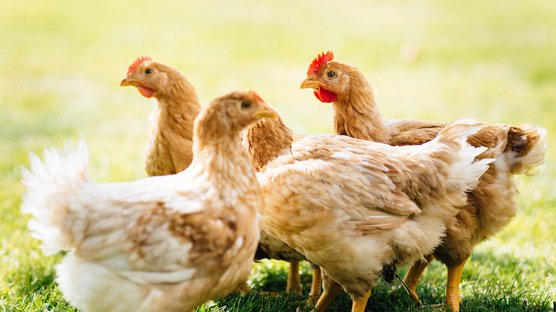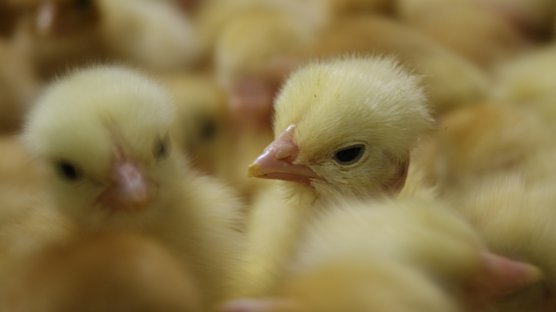
Published on June 11, 2024
Density and lighting programs
In this article, we will analyze how to manage the density and lighting programs for males and females, with specific details on the duration of lighting and the intensity required to ensure proper development of the birds.
Density
Rather than a theoretical density it is the genetic types installed, the material conditions of rearing (open or closed building), the farmer’s experience and the local climate which indicate the numbers of animals which can be placed in a rearing barn. In particular, we start by assessing the accommodation capacity in the building depending on the feed and watering equipment.
However, from the age of 4 weeks, the recommended densities for rearing future breeders are provided in the table opposite. In it you will also find recommendations for the space available at the feeders and drinkers.
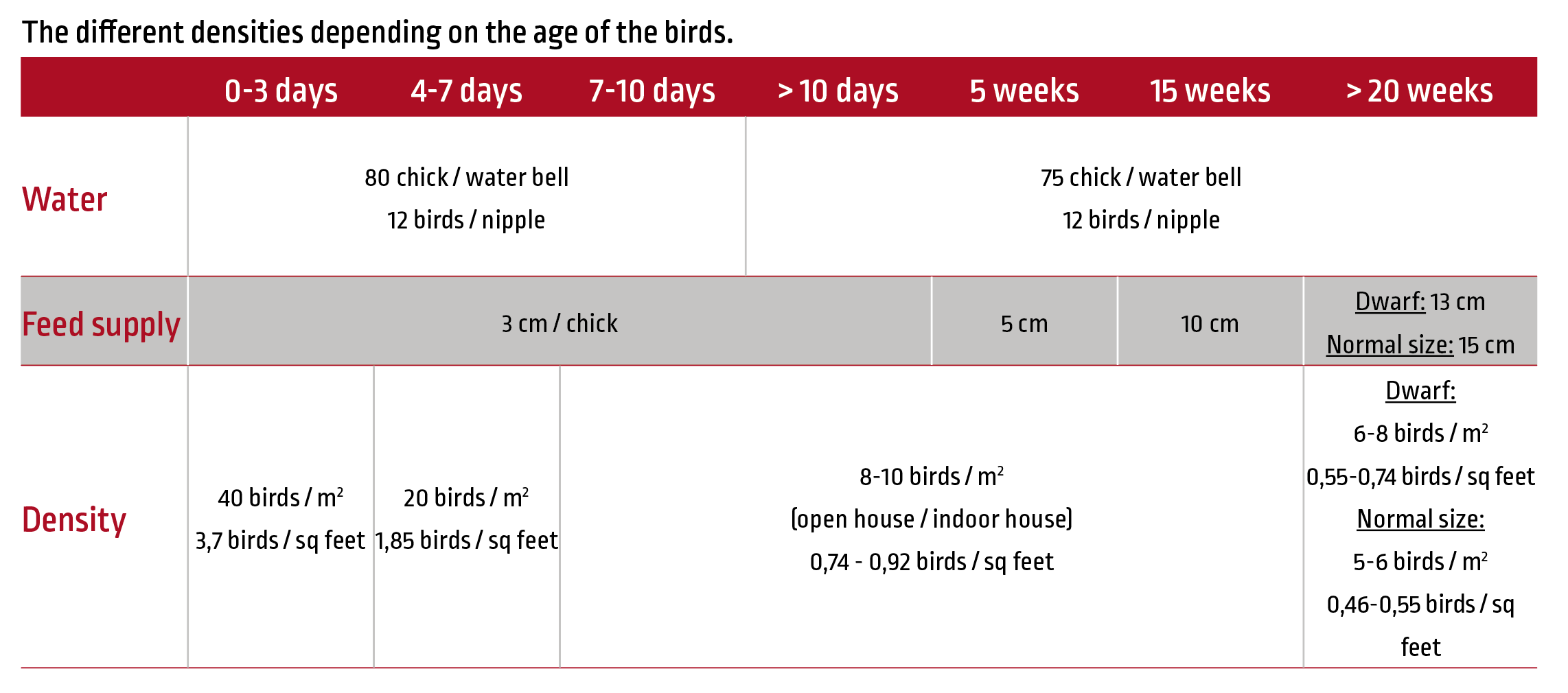
Figure 109: For each category of SASSO flock (dwarf or non-dwarf females, males), it is important to maintain precise ratios for space at the feeder, the drinker, and overall space occupancy.
Light
The lightning program makes it possible to control the sexual maturity of SASSO breeders: early laying for the females and testicular development of males. We recommend rearing males and females in different buildings because this allows dedicated program for each sex. If this is not possible, following the light programme for females is suitable.
We are going to distinguish the two programs by detailing the light duration and the light intensity required.
REMINDER: STARTING
As we have seen, it is important to let the chicks rest for one hour after the first day. Then the night duration is increased by one hour so that at 5 days the animals have 5 hours of night. At this period the intensities used are quite high to stimulate the chick and facilitate the discovery of its environment.
A- Lighting programs for females
A.1- Light duration
To know how to regulate the duration of the day, it is important to remember the following rule which applies for females:
THE DURATION OF ARTIFICIAL LIGHT AT 10 WEEKS MUST BE EQUAL TO THE DURATION OF NATURAL LIGHT AT TRANSFER
This duration must never be less than 10 h or more than 14h to leave the farmer with a margin of action in his management of the farm. In fact, he could need to reduce the duration of the day or increase it to control sexual maturity, but without exceeding the limits which could deteriorate batch performance.
From Week 1 to Week 10, depending on the Week 10 light duration objective, the farmer determines the rhythm of the time change. For one added hour of night we recommend adding 30 minutes in the morning and 30 minutes in the evening. It is important to make the artificial night phase coincide the natural night as much as possible.
Here we will give three examples of lightning program for the different installation dates. In temperate countries the duration of natural day varies widely over the course of the year and requires an appropriate light programme. Your SASSO technician is able to provide you with the right light programme for each batch.
In countries near the Equator the duration of the day does not vary much during the year (about 12 h) So it is possible to use the same light programme for all the SASSO batches received.
1) Rearing installation, duration of natural light at transfer at 20 weeks = about 12 h This light programme also suits countries near the Equator (tropical climate)
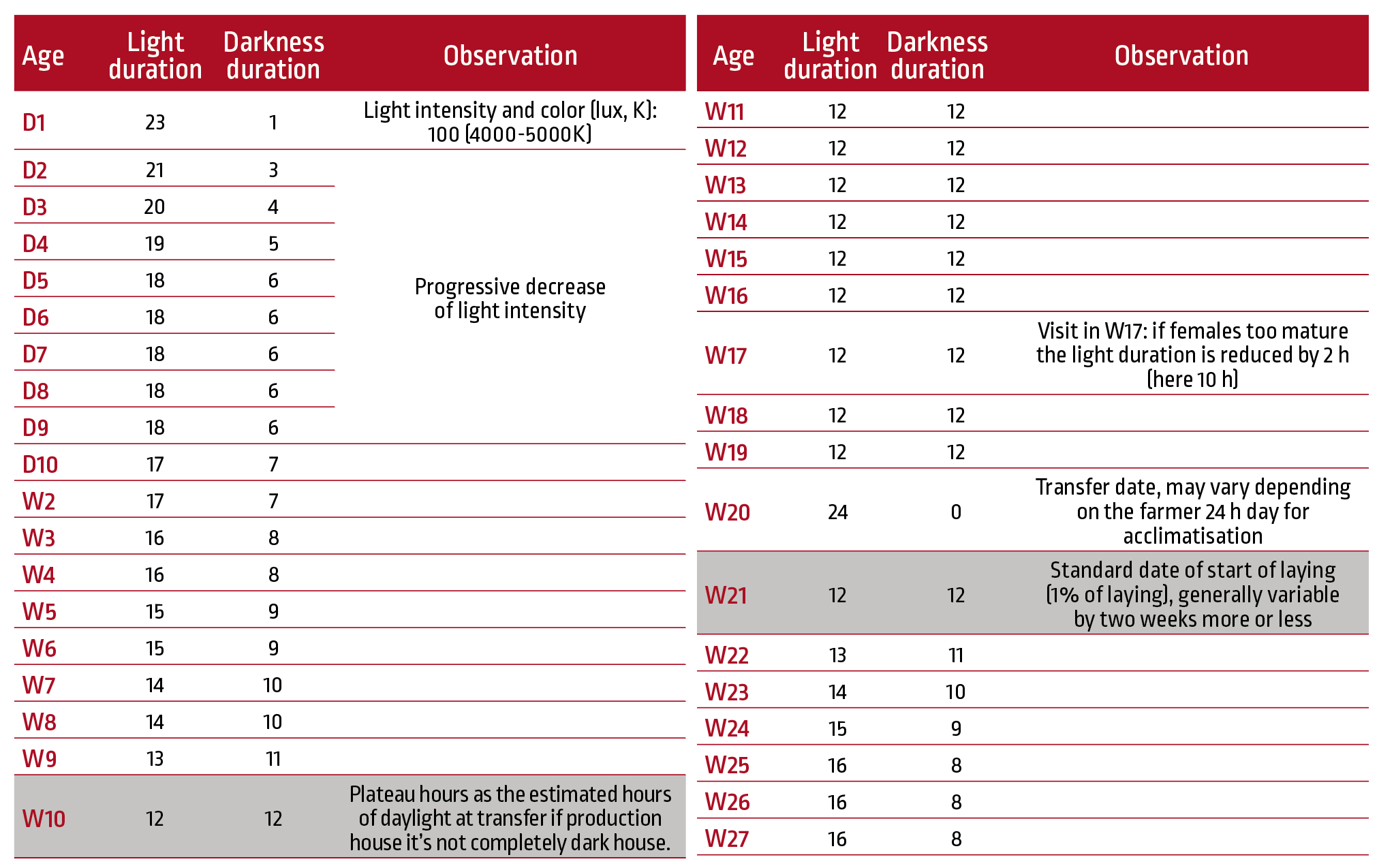
Figure 110: Light programme if the daytime duration at the transfer is about 12 hours.
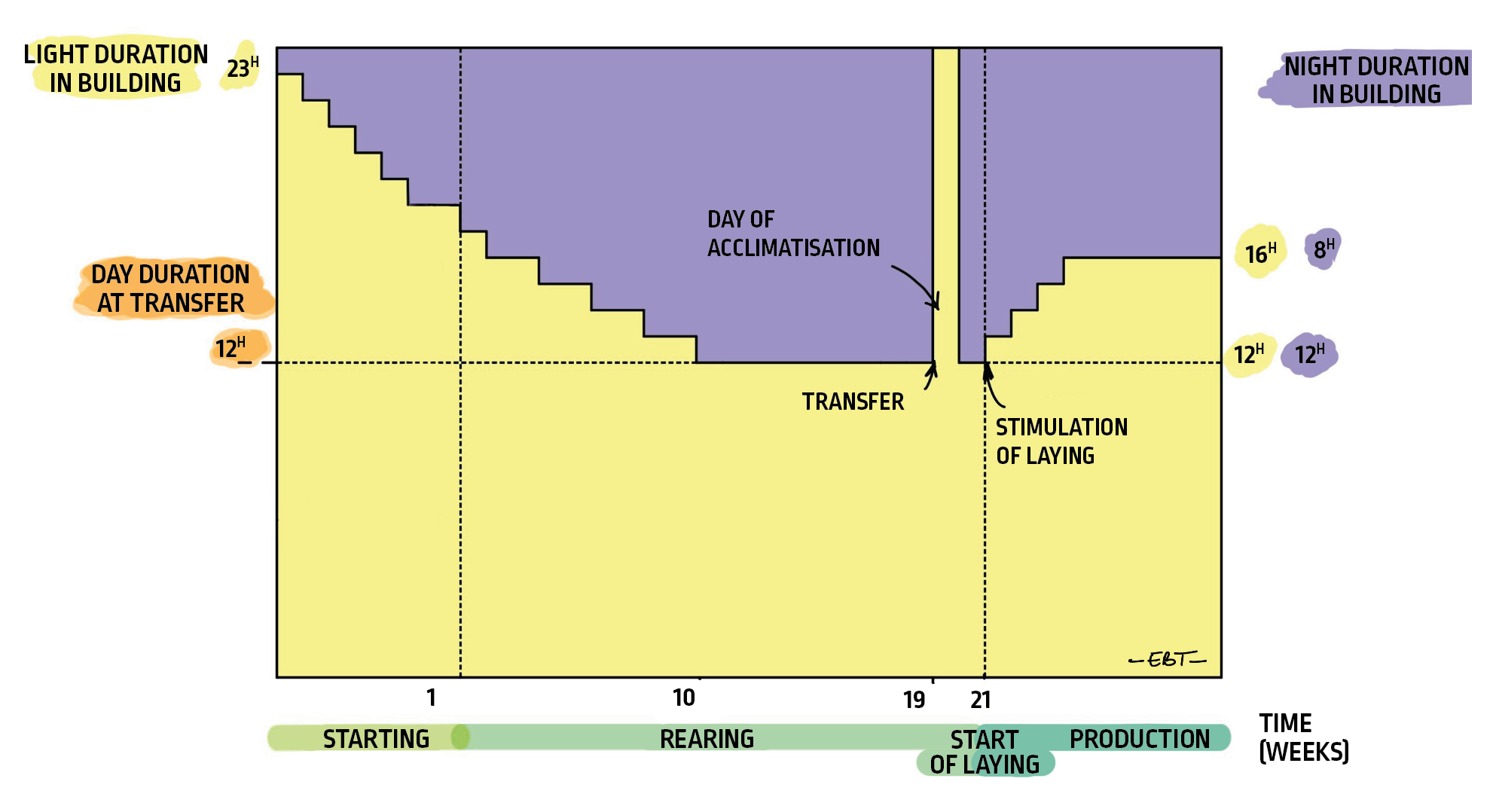
Figure 111: Light programme if the daytime duration at the transfer is about 12 hours.
2) Winter rearing, duration of natural light at transfer at 20 weeks = about 16 h
In this case we do not go up to 16 h of artificial light to leave a 2-hour margin in case we need to increase the light duration (especially for stimulating laying). If we were to use 16 h of light this stimulation would lead to a light duration in production of 17 h, 18 h or even 19 h of light, which would not allow the animals sufficient rest.
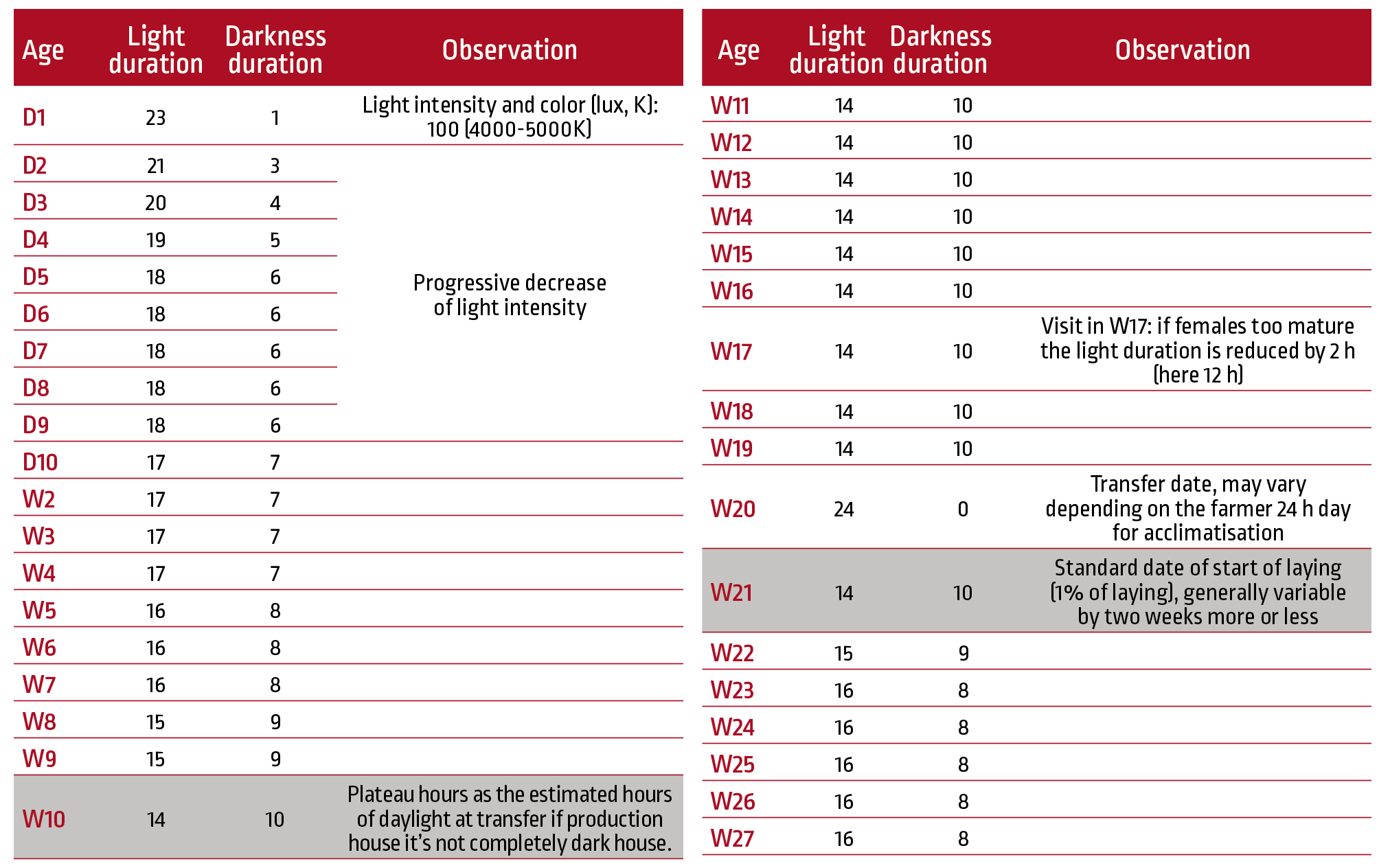
Figure 112: Light programme if the daytime duration at the transfer is about 16 hours.

Figure 113: Lightning program if the daytime duration at the transfer is about 16 hours.
3) Summer rearing, duration of natural light at transfer at 20 weeks = about 8 h In this case we do not use 8 h of light at 10 weeks but 10 h.
In fact if the batch is too mature at 17 weeks it will be possible to reduce the light duration by 2 h. If we start with 8 h of light we would not have the potential to reduce the light duration because 8 h of light is the minimum for rearing the future breeders.
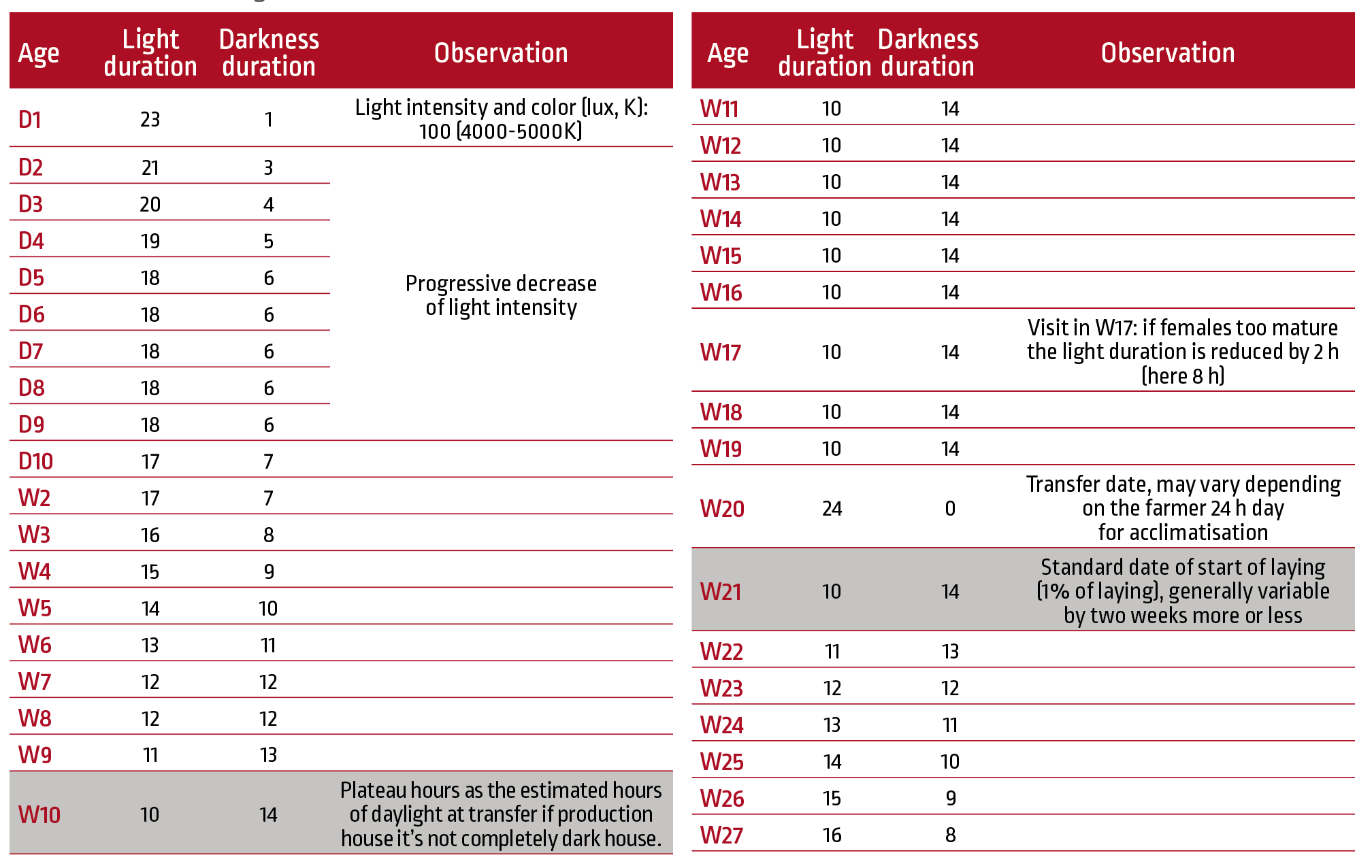
Figure 114: Light programme if the daytime duration at the transfer is about 8 hours.
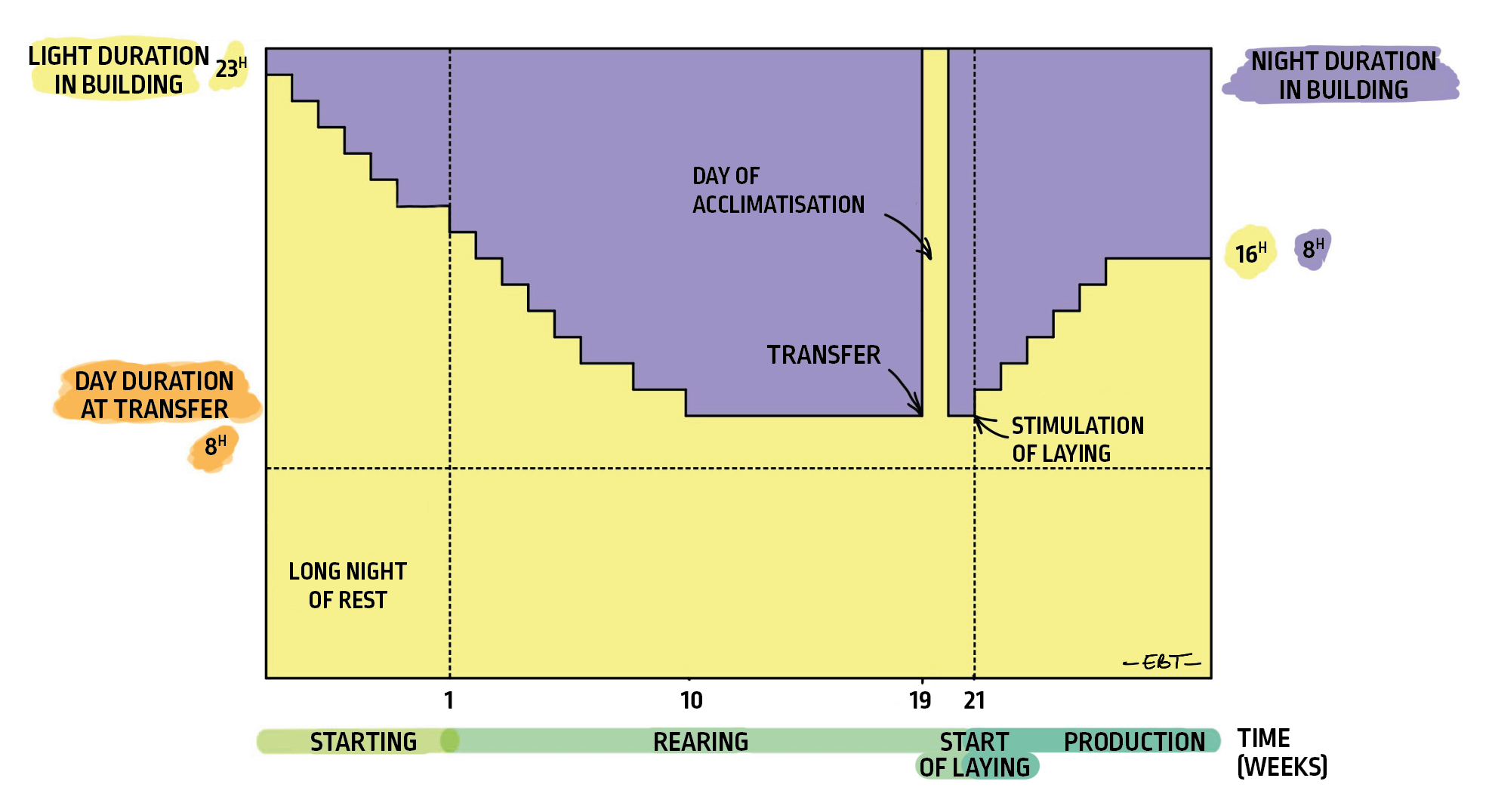
Figure 115: Light programme if the daytime duration at the transfer is about 8 hours.
A.2- Light intensity
As a reminder the intensity at the beginning is 90 lux for the chicks. For females from 8 days a light intensity of 5-15 lux is provided for the entire rearing duration.
These values are indicative and it is very difficult to asses light intensity using a light meter. The light intensity should always be adapted to the behaviour in the building.
Too high an intensity may cause nervousness or even feather plucking. Conversely too low a light intensity may create problems during laying.
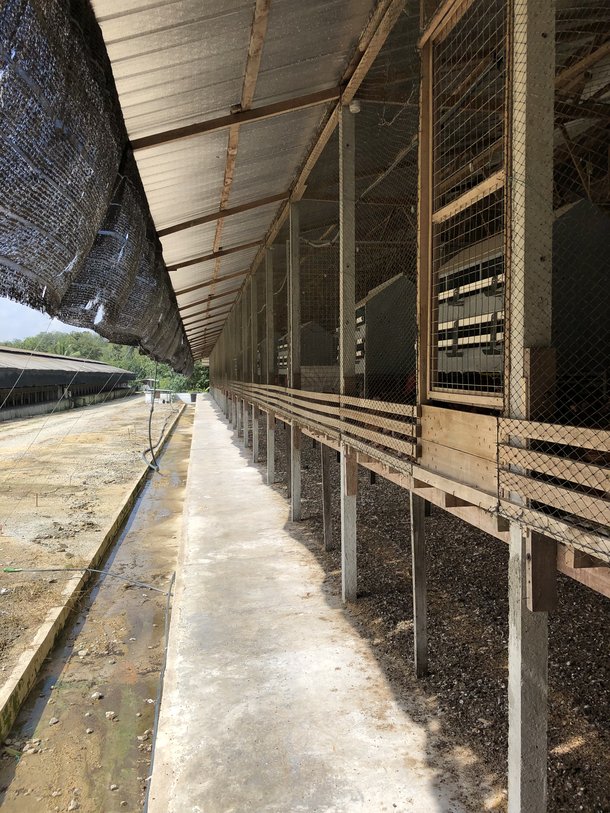
Figure 116: Too much natural light can cause discomfort to the animals, and the building can become very hot. By using curtains that are humidified by a sprinkler system, the chickens can be cooled and protected from direct sunlight.
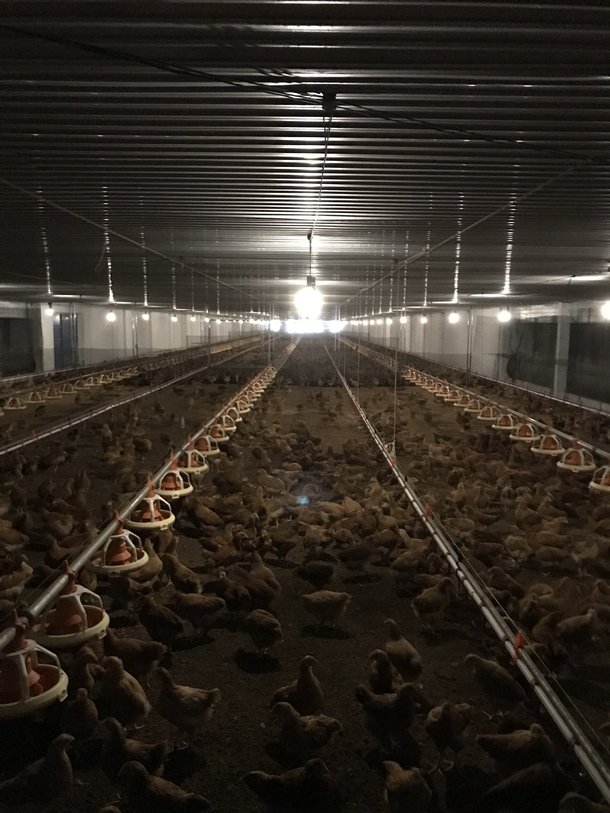
Figure 117: Coloured strains such as SASSO strains absorb a lot of light, so be careful to find the right intensity for activity in relative calm.
In sum, the aim of the lightning program for females is to allow optimum growth (good development of the bony skeleton and muscle mass) and to reach sexual maturity at the right time (generally about 21 weeks of age).
At about 10 weeks the light duration stabilises to a value which depends on the natural light conditions at transfer. The rearing light intensity must allow females to express their natural behaviour whilst preventing serious agitation. In some rearing systems sexual maturity is reached too early and, if nothing is done, the hens will start to lay too early (about 18 weeks) with eggs that are too small to be incubated.
Maturity should be controlled by the feed (not having overweight hens) and light. At 17 weeks it is, in fact, possible to push laying back by 10 days by reducing the light duration by 2 h. This sends the following signal to the hens: “It's not the right season, you need to wait! “.
When laying starts at about 22 weeks, then the hens should be encouraged by progressively increasing the feed ration according to production and by sending a positive light signal: increase of one hour per week before arriving at the optimum production duration (15 h and increase in light intensity).
B - Lighting program for males
We recommend rearing the males separately to control their growth and sexual maturity better.
However, if this is not possible, the males should be reared following the females’ lightning program. The aim of a light programme for males is to put testicular growth to sleep to control sexual maturity. This is obtained by progressively reducing luminosity to 1.5 lux and the duration of day to 8 hours. At this light intensity it is still possible to see in a building but the luminosity in insufficient to stimulate testicular growth.
The objective is to place mature males in the presence of females which are equally ready to mate. Maturity of a male is obtained very quickly: with good stimulation it is possible to obtain mature males in one week.
The objective is therefore to control the maturity of the females and when it is felt that laying is imminent the males are stimulated. One week later the males and females are placed together in the production building (as the males need more time to adapt to a new environment they are transferred before the females).
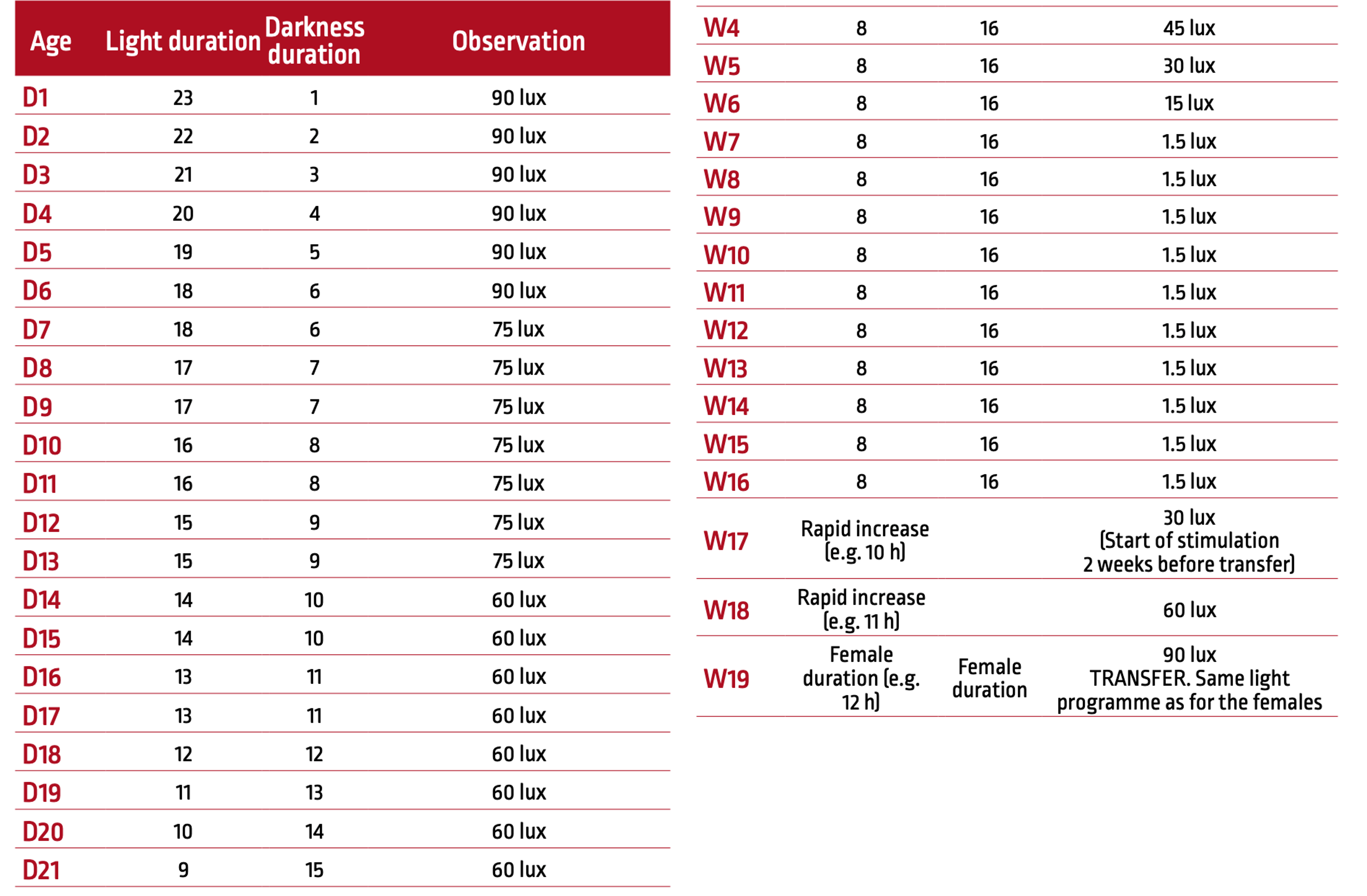
Figure 118: Light program to control testicular development.
As a result of this light programme testicular development is slowed for the entire rearing duration. With the light stimulation triggered before laying starts, the testicles develop very quickly, enabling the males to reach satisfactory sexual maturity and the eggs to be fertilised.
Observation point
It is always awkward to give recommendations in lux to be reached to adjust the light intensity. In fact, the position of the light meter in relation to the light source and its orientation are parameters that may change the values obtained a lot.
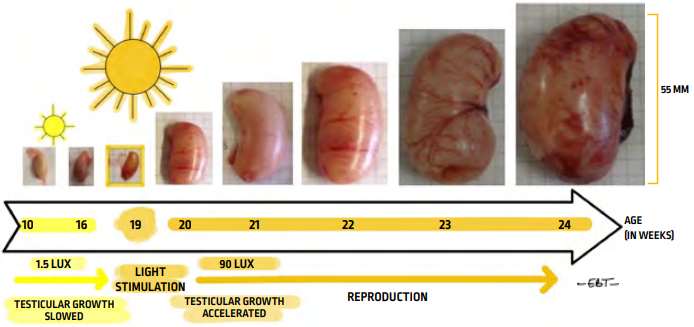
Figure 119: The testicles are asleep until light stimulation.

Observation point
Several studies show that the hen is an animal that is very sensitive to light, even at low intensity. A so-called “dark” building often allows in enough light for the hen to consider it to be daytime (including when there is a full moon, i.e. about 0.4 lux).
Furthermore, the noises around (wild birds, human activity, insects, etc.) are picked up very well by the hen and interpreted as signs of a diurnal period even if the building is dark. All these elements should be remembered in the management of the animal’s maturity.

